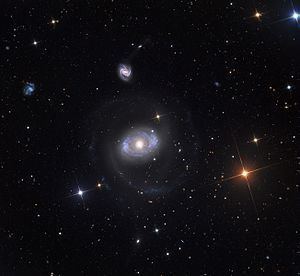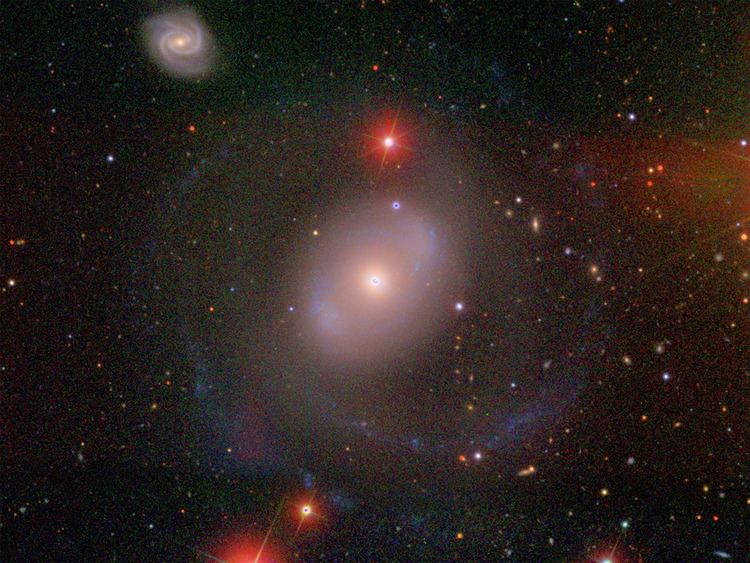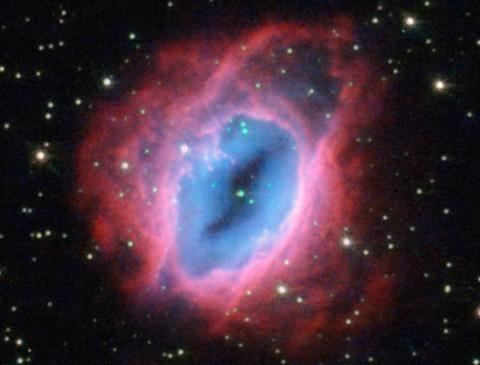Right ascension 12 10 32.6 Redshift 0.003262995 ± 3 km/s Type (R')SAB(rs)ab, Sy1 Magnitude 11.5 Apparent magnitude (V) 11.5 | Declination +39° 24′ 21″ Distance 19 Mpc (62×10^ ly) Apparent size (V) 6′.4 × 5′.5 | |
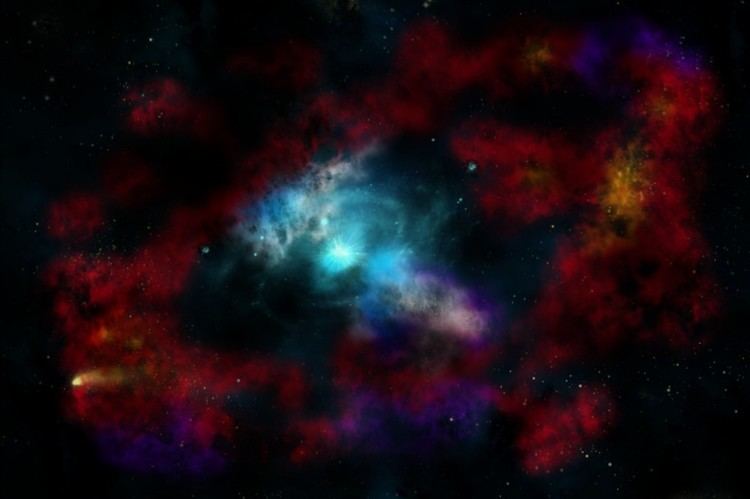 | ||
Similar NGC 5548, NGC 4051, NGC 3227, NGC 3783, Messier 77 | ||
Galaxy ngc 4151 multi wavelength view
NGC 4151 is an intermediate spiral Seyfert galaxy with weak inner ring structure located 19 megaparsecs (62 million light-years) from Earth in the constellation Canes Venatici. The galaxy was first mentioned by William Herschel on March 17, 1787; it was one of the two Seyfert galaxies described in the paper which defined the term. It is one of the nearest galaxies to Earth to contain an actively growing supermassive black hole; it was speculated that the nucleus may host a binary black hole, with about 40 million and about 10 million solar masses respectively, orbiting with a 15.8-year period. This is, however, still a matter of active debate.
Contents
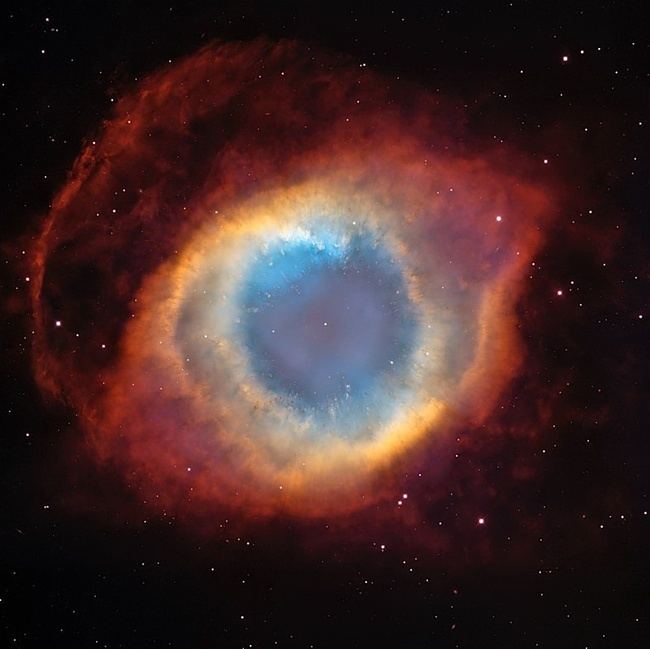
Some astronomers nickname it the "Eye of Sauron" from its appearance.
X-ray source
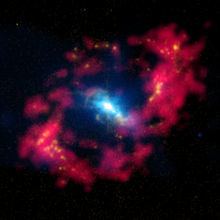
X-ray emission from NGC 4151 was apparently first detected on December 24, 1970, with the X-ray observatory satellite Uhuru, although the observation spanned an error-box of 0.56 square degrees and there is some controversy as to whether UHURU might not have detected the BL Lac object 1E 1207.9 +3945, which is inside their error box - the later HEAO 1 detected an X-ray source of NGC 4151 at 1H 1210+393, coincident with the optical position of the nucleus and outside the error box of.
To explain the X-ray emission two different possibilities have been proposed:
